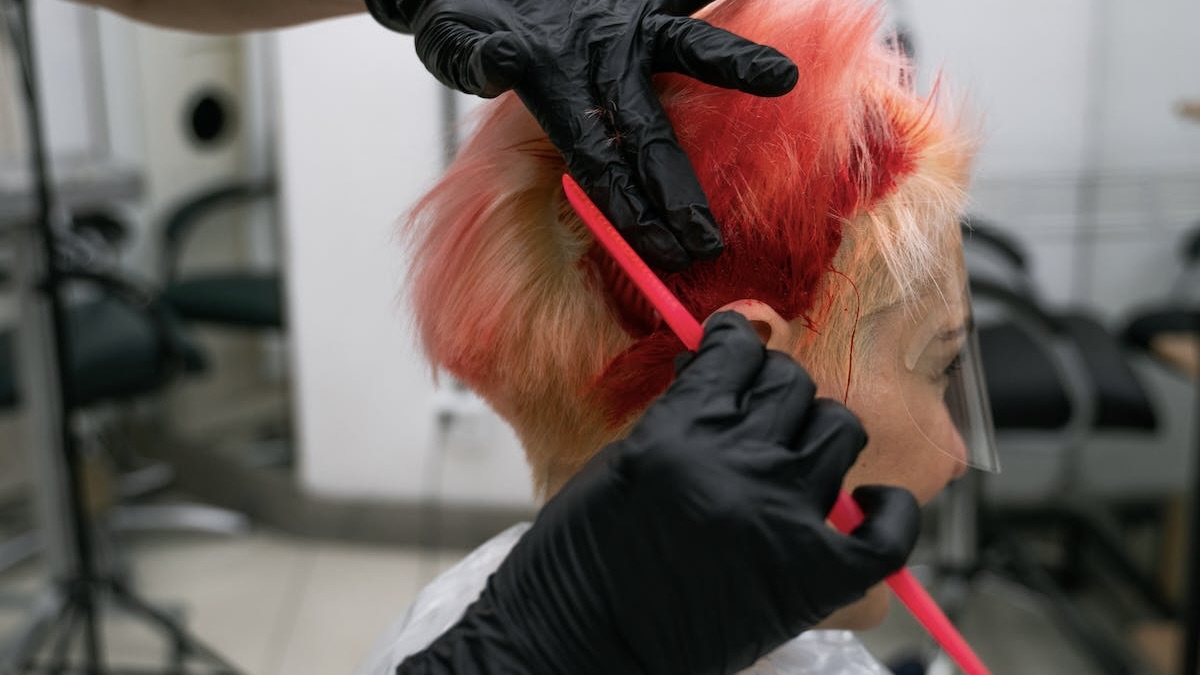For permanent hair colours to have effect, 3 components are needed. Firstly, the coupling agents which are the dye molecules. Secondly the transfer agents which when activated react with the dye molecules to give the colour. Thirdly, the reacting agents (like the hydrogen peroxides and ammonia) which activate the dye molecules.
The peroxide oxidises the melanin molecules to make them colourless which is also known as bleaching. The Ammonia raises the pH, causing the cuticle to lift allowing the molecules in the dyes to penetrate the hair. These 3 components start reacting to produce the dyed effect in the cortex.
That is why a conditioner is applied afterwards to help the cuticle to close and recover. The hair shaft is not made of living cells. The living part of the hair is at the root in the skin.
In some cases, scarring alopecia can be caused by direct ‘burning’ of the scalp in certain people who get a reaction to the chemical components of a hair dye. This leads to permanent hair loss due to damage to the hair follicles as well as triggering of the immune system by the damaged cells.
Allergic reactions to the components in dyes can occur causing dermatitis which may cause telogen like shedding of hair in some severe cases and get worse.
However, Constant lifting of the cuticle can result in weak points on the hair shaft over time (if good hair care isn’t carried out) leading to hair breakage. On the positive note, gray hair is translucent and by colouring the hair with the right shade, the visibility of the scalp at times can be camouflaged by optical illusion giving a fuller hair effect.

